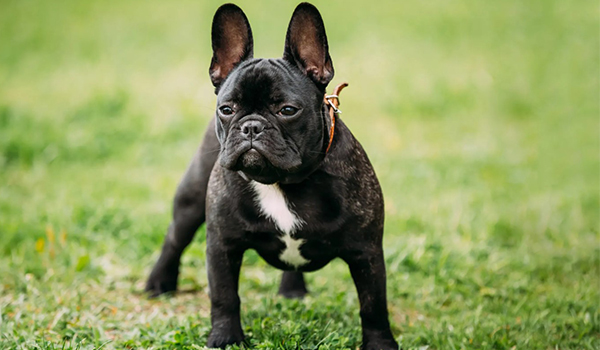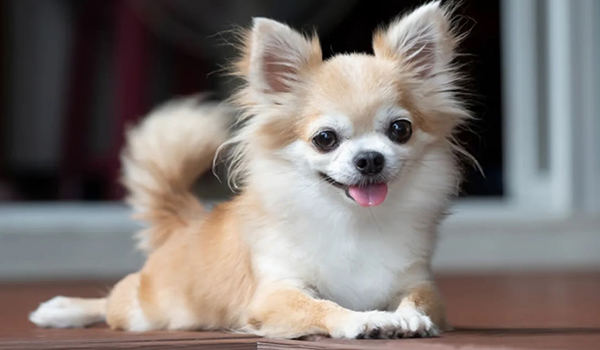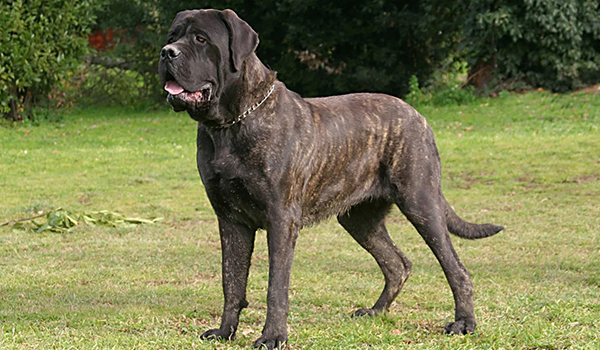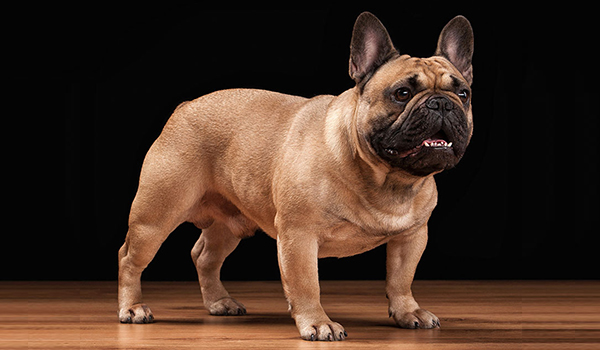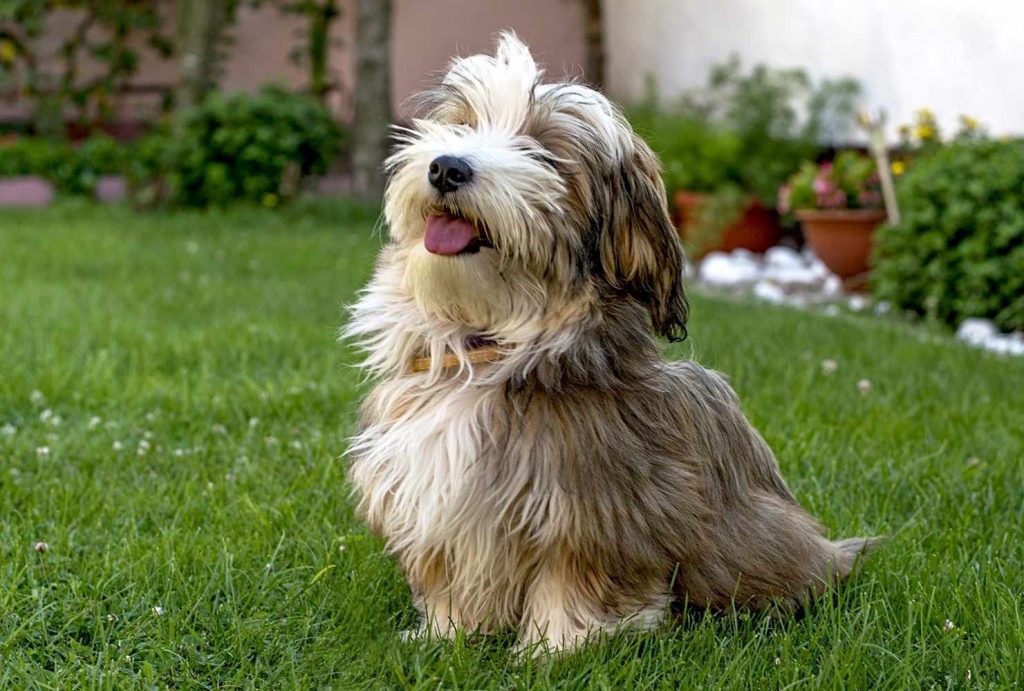
The Havanese is a small dog with a huge heart, known for its silky coat, cheerful disposition, and playful, affectionate nature. As the only dog breed native to Cuba, this charming companion has won over families worldwide with its intelligence, portability, and seemingly endless capacity for love. They are true “velcro dogs,” thriving on human companionship and bringing a spark of joy to any home.
This comprehensive guide will explore everything a future owner needs to know about the Havanese, from their aristocratic history to their specific care needs, to help you decide if this happy-go-lucky charmer is the right fit for your lifestyle.
Breed Overview
- Group: Toy
- Height: 8.5 – 11.5 inches (at the shoulder)
- Weight: 7 – 13 pounds
- Life Span: 14 – 16 years
- Coat: Long, silky, soft, and lightweight. It is double-coated but designed for warmth, not water, and is hypoallergenic and low-shedding. The coat comes in all colors and patterns.
A Brief History: The National Dog of Cuba
The Havanese is the national dog of Cuba, descended from companion dogs brought to the island by Spanish settlers in the 1600s. They were developed from the now-extinct Blanquito de la Habana (“little white dog of Havana”), which was later crossed with Poodle-type dogs, resulting in the modern Havanese.
They were the cherished companions of the Cuban aristocracy, often seen in the laps of wealthy ladies in their mansions. The breed nearly faced extinction after the Cuban Revolution, but a few dogs were smuggled out to the United States, where dedicated breeders worked to save and re-establish it. The AKC recognized the Havanese in 1996.
The Havanese Temperament: The Cheerful Velcro Dog
The Havanese’s personality is its most defining feature. They are bred for centuries to be loving, entertaining companions.
- Affectionate & People-Oriented: Havanese are the quintessential “velcro dogs.” They form incredibly strong bonds with their families and want to be involved in everything you do. They thrive on attention and companionship.
- Cheerful & Playful: They have a naturally happy, outgoing, and often clownish demeanor. Their playful antics and “Havanese hop” (a springy gait) are sources of constant entertainment.
- Intelligent & Trainable: They are highly intelligent and eager to please, making them relatively easy to train. They excel in obedience, agility, and are fantastic trick dogs. Their intelligence also means they get bored easily without mental stimulation.
- Gentle & Good with Everyone: They are typically excellent with children, other dogs, and even cats. Their gentle and patient nature makes them wonderful family pets.
- Alert & Sociable: They make good watchdogs and will bark to alert you, but they are not yappy or nervous. They are generally friendly with strangers.
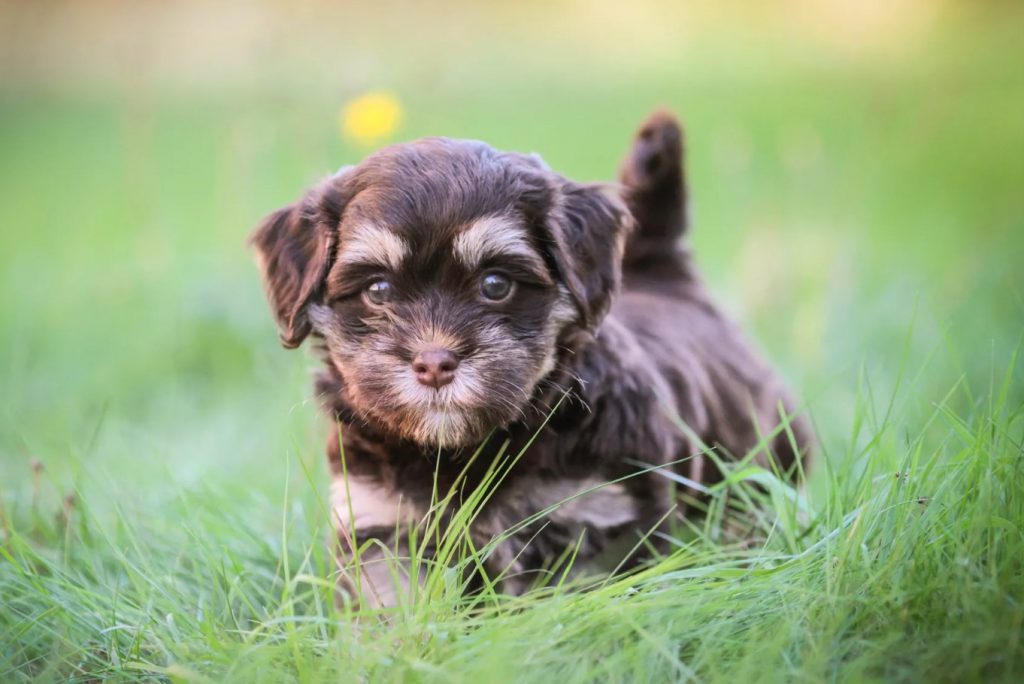
Caring for Your Havanese
Exercise: Moderate and Fun
Their exercise needs are well-suited for apartment or city living, but they are more robust and playful than many other toy breeds.
- Daily Requirements: 20-30 minutes of daily activity is sufficient. This can include short walks, active indoor play sessions, and games of fetch.
- Mental Stimulation: This is crucial. Puzzle toys, learning new tricks, and interactive games are essential to keep their bright minds occupied and prevent boredom.
Grooming: A Significant Commitment
While they don’t shed much, their beautiful coat requires dedicated maintenance to stay healthy and mat-free.
- The Long Coat: Daily brushing is non-negotiable to prevent severe, painful mats and tangles. A combination of a slicker brush and a metal comb is essential.
- The “Puppy Cut”: Most pet owners opt for a shorter, easier-to-maintain trim from a professional groomer every 4-6 weeks. This drastically reduces daily brushing to a few times a week but still requires regular grooming appointments.
- Eye & Face Care: Their hair can fall into their eyes, causing irritation. Many owners keep the hair on top of the head in a ponytail or topknot. Tear staining can occur and is managed by keeping the area clean and dry.
- Other Needs: Regular teeth brushing (critical for this breed), ear cleaning, and keeping the hair around their bottom trimmed for hygiene.
Training: A Joyful Experience
Training a Havanese is generally a positive and rewarding experience due to their intelligence and desire to please.
- Start Early: Begin socialization and training as a puppy. While they are naturally friendly, positive exposure ensures a well-rounded, confident dog.
- Housetraining: This can be a challenge, as with many small breeds. Their small bladders require a very consistent schedule, patience, and positive reinforcement. Using puppy pads as a backup is common.
- Positive Reinforcement: They are sensitive souls who respond brilliantly to reward-based training with small, tasty treats, praise, and play. Keep sessions short and fun.
- Manage Barking: Teach a “quiet” command from a young age to control their alert barking.
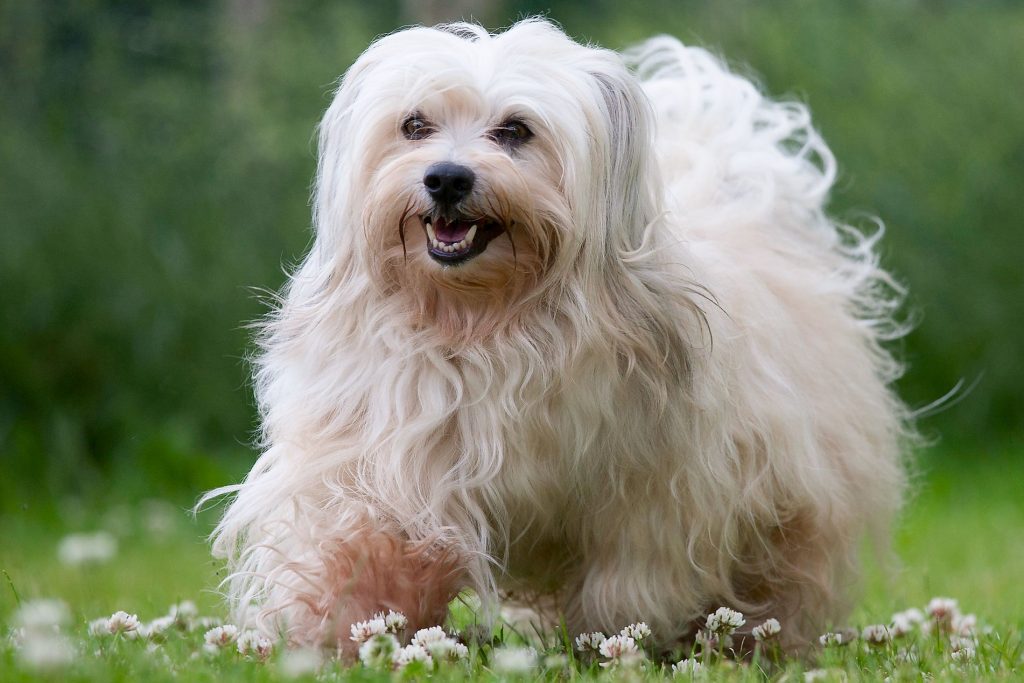
Health: What to Be Aware Of
Havanese are generally a healthy, long-lived breed, but they are prone to certain genetic conditions.
- Dental Problems: This is the number one health concern. Their small mouths lead to crowded teeth, making them highly prone to plaque, tartar, and early tooth loss. Daily teeth brushing and regular veterinary dental cleanings are non-negotiable.
- Luxating Patella: A common condition in small breeds where the kneecap slips out of place.
- Heart Conditions: Such as Mitral Valve Disease.
- Eye Conditions: Including cataracts and progressive retinal atrophy (PRA). Reputable breeders test for these.
- Chondrodysplasia: A condition that can cause leg deformities; responsible breeders avoid breeding dogs with this trait.
Is a Havanese Right For You?
A Havanese might be your perfect match if you:
- Want a loving, affectionate, and portable companion that will be your shadow.
- Live in an apartment or have limited space.
- Are looking for a hypoallergenic, low-shedding dog.
- Are home often and can provide plenty of attention (they are prone to separation anxiety).
- Enjoy grooming or can budget for regular professional grooming.
You might want to reconsider if you:
- Want a low-maintenance, wash-and-wear breed.
- Are away from home for long, regular hours.
- Are unprepared for the challenges of housetraining a small breed.
- Are looking for a rugged hiking or jogging partner.
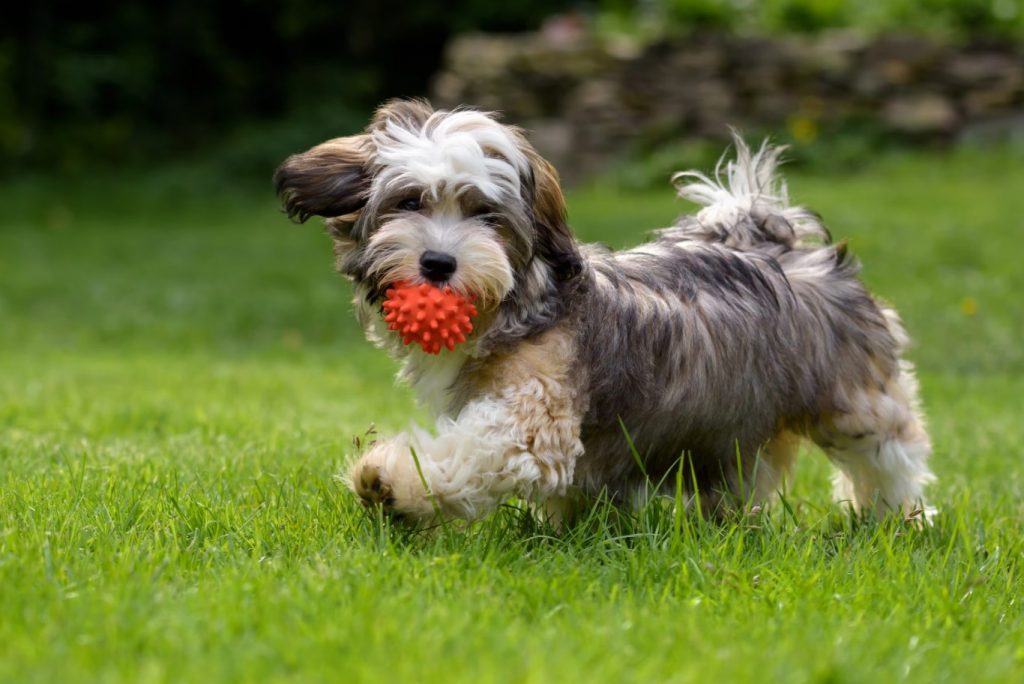
Finding Your Havanese
- Reputable Breeders: Choose a breeder who prioritizes health and temperament. They should perform health tests on their breeding dogs (patella evaluations, eye exams, cardiac exams) and be transparent about the breed’s challenges.
- Rescue & Shelters: Havanese-specific rescues exist. Many dogs end up there due to owners being unprepared for their grooming needs or need for constant companionship. Adopting an adult can be a wonderful way to provide a second chance.
Understanding the Cost: The initial purchase price from a reputable breeder in the U.S. typically ranges from $1,500 to $3,000+. However, prospective owners must budget for significant ongoing costs, including professional grooming ($50-$80+ per session every 4-6 weeks), high-quality food, and potential veterinary care for their teeth and other breed-specific issues.
Bringing a Havanese into your life means welcoming a bundle of joy, laughter, and unwavering loyalty. In return for your care and attention, you will receive a lifetime of devoted companionship from a dog whose entire world revolves around you.

